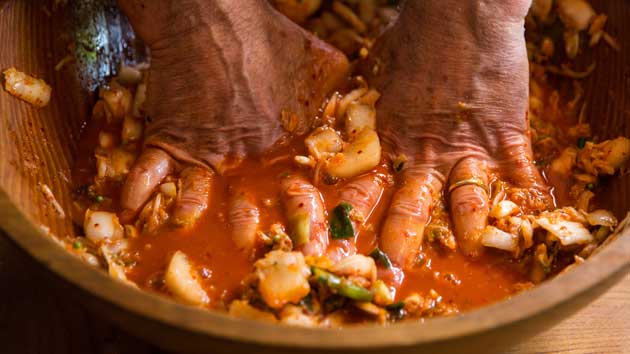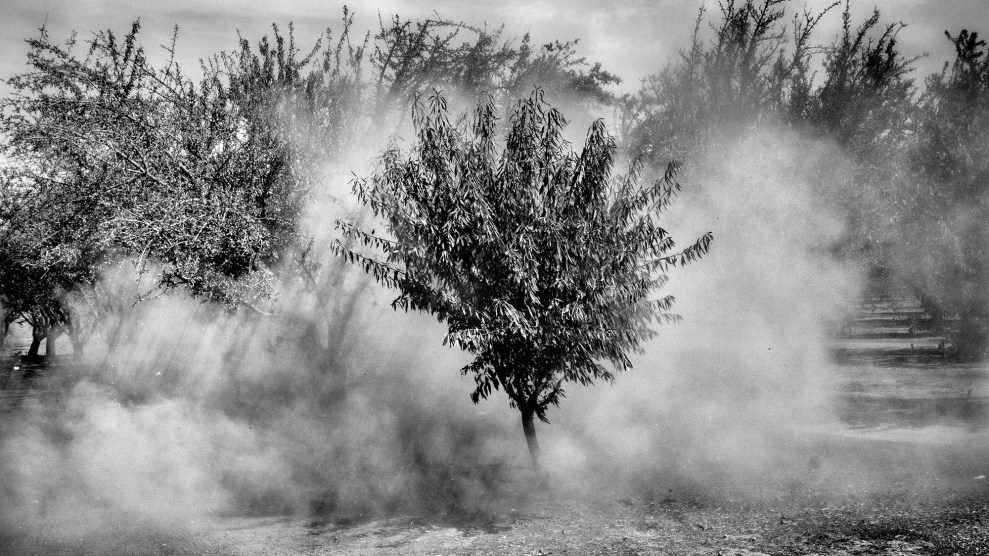
Earlier this winter, an essay on the food and culture website First We Feast laid out some complaints about contemporary food journalism: “Food media has felt, for lack of a better word, soft,” editor Chris Schonberger wrote. To find investigative reporting on food issues, readers must look outside the “food media” bubble. As legendary culinary writer Ruth Reichl told Schonberger and company: “If you’re interested in the politics of food, you can go to Mother Jones or something.”
Indeed, Mother Jones has delved into food and agriculture’s thornier topics for decades. We’ve taken full advantage of our tagline of “smart, fearless journalism” to expose the nut industry’s voracious thirst, observe fast-food’s sway on nutrition policy, illuminate the environmental toll of snacks’ excessive packaging, and examine the industry cover-up of sugar’s health risks. And now, we’re excited to take this knack for no-bullshit reporting to a brand new medium: Bite podcast.
Bite is a podcast for people who think hard about their food. In each biweekly episode, my co-hosts Tom Philpott and Kiera Butler and I will interview a writer, scientist, farmer, or chef to uncover the surprising stories behind what ends up on your plate. We’ll help you digest the major food news of the week. We’re interested in how your food intersects with other important topics like identity, social justice, health, corporate influence, and climate change.
Don’t worry—we’ll have some fun, too. We’re happy to indulge in some full-on foodie-ism from time to time. (Check out our recipes for wine-braised short ribs and cranberry salsa.) We’ll reflect on the weirdest things our guests have eaten as of late. And we’ll try to solve your food mysteries—especially if you get in touch with us on Twitter or Facebook, or by sending an email to bite@motherjones.com.
Subscribe to Bite on iTunes or via our RSS, and get ready for our first episode, which will drop very soon. We hope you’re hungry.
















